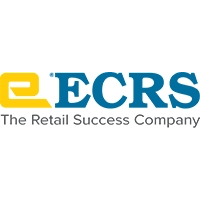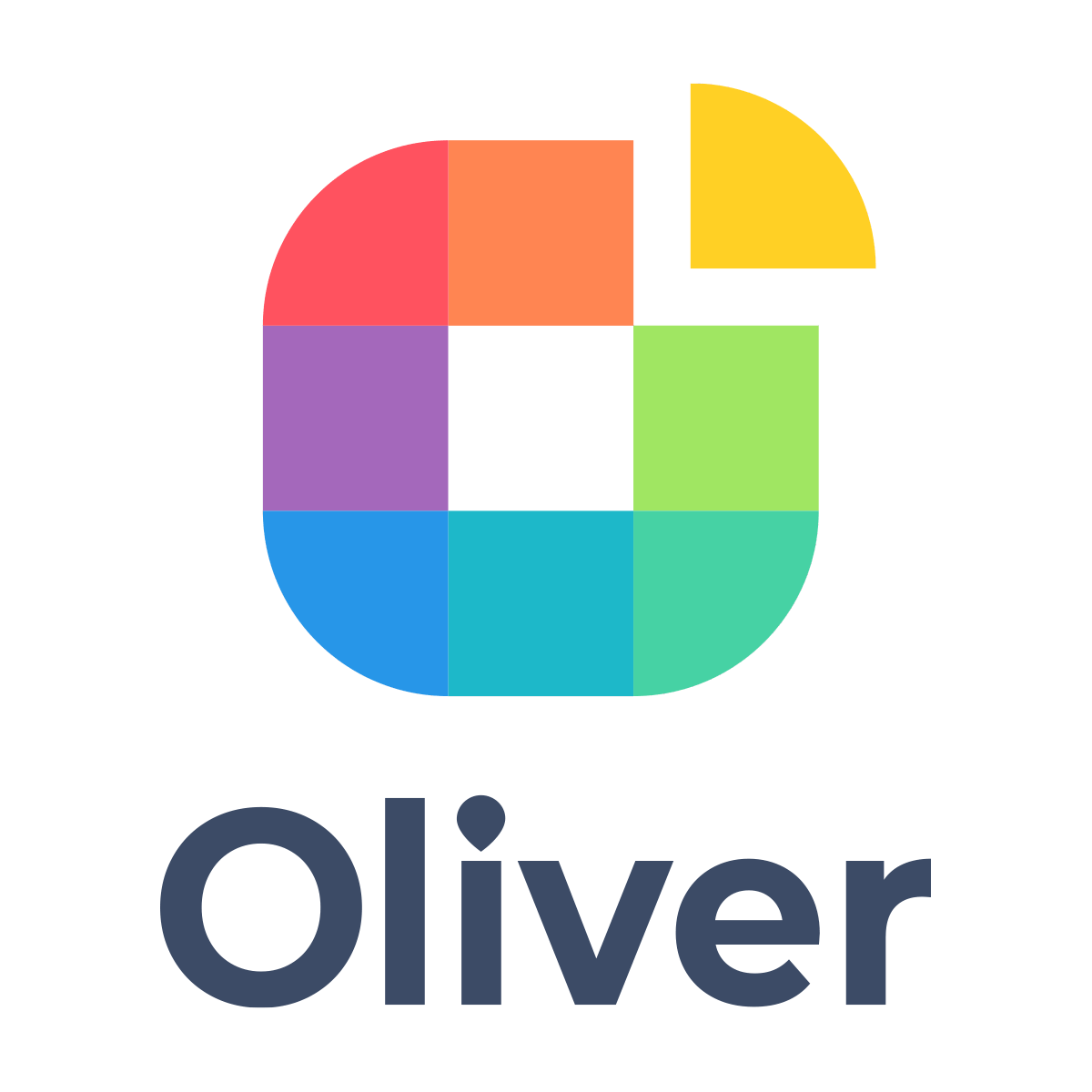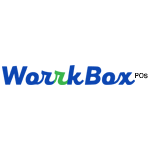Description

Cartface

ECRS
Comprehensive Overview: Cartface vs ECRS
Cartface
a) Primary Functions and Target Markets
- Primary Functions: Cartface is a cloud-based Point of Sale (POS) system that offers features such as sales processing, inventory management, customer relationship management (CRM), and reporting. It is designed to be user-friendly and scalable, catering to both small and large enterprises.
- Target Markets: Cartface primarily targets the retail, hospitality, and food service industries. Its scalable nature makes it suitable for small businesses but also adaptable enough for larger enterprises.
b) Market Share and User Base
- Market Share: Cartface is a relatively newer entrant in the POS market and does not hold a significant market share compared to more established players.
- User Base: Its user base primarily consists of small to medium-sized businesses looking for a cost-effective, user-friendly POS solution.
c) Key Differentiating Factors
- Cloud-Based Operations: Its cloud-based nature offers flexibility and remote access, which appeals to merchants looking for seamless operations from multiple locations.
- Ease of Use: Known for its intuitive interface, which requires minimal training.
- Affordability: Competitively priced to attract small businesses.
ECRS (Electronic Cash Register Systems)
a) Primary Functions and Target Markets
- Primary Functions: ECRS provides a comprehensive suite of POS solutions including sales processing, inventory management, loyalty programs, and detailed analytics. It focuses on integrating front-end and back-end operations for smooth retail management.
- Target Markets: Its primary focus is on grocery, pharmacy, and convenience stores. ECRS targets enterprises looking for robust, scalable POS solutions with comprehensive features.
b) Market Share and User Base
- Market Share: ECRS has a notable presence in the retail space, particularly in grocery and pharmacy sectors, but it is not a dominant player on a global scale.
- User Base: Typically mid to large-sized retail chains with a need for robust and integrated POS systems.
c) Key Differentiating Factors
- Comprehensive Suite: Offers a complete solution for inventory, sales, and customer management, making it highly integrated.
- Retail Focus: Specializes in retail verticals such as groceries and pharmacies, tailoring its features to meet industry-specific needs.
- Innovation and Support: Known for continuous innovation and strong customer support.
VIENNA Advantage POS
a) Primary Functions and Target Markets
- Primary Functions: VIENNA Advantage offers a comprehensive suite of POS functionalities including sales processing, inventory management, CRM, and integrated ERP solutions. It focuses on providing an all-in-one solution that integrates with broader business management applications.
- Target Markets: Targets a wide range of industries including retail, hospitality, manufacturing, and wholesale. Its integration capabilities make it suitable for businesses of varying sizes.
b) Market Share and User Base
- Market Share: VIENNA Advantage has a moderate market presence, with a stronger foothold in European markets. It is growing in popularity due to its comprehensive ERP integration.
- User Base: Attracts diverse users from small to large enterprises looking for integrated business solutions that go beyond traditional POS functionalities.
c) Key Differentiating Factors
- ERP Integration: Uniquely positioned with strong ERP functionalities, allowing businesses to integrate their POS with other business processes.
- Customization: Offers extensive customization, making it adaptable to a variety of business needs.
- Global Orientation: Its strength in international markets makes it appealing for companies with a global presence.
Comparative Summary
- Market Position: While Cartface is oriented towards small businesses with its cloud-based model and affordability, ECRS focuses on retail with a strong presence in specific verticals and VIENNA Advantage offers integration with broader business management systems appealing to companies seeking comprehensive solutions.
- Differentiators: Cartface excels in its simplicity and cost-effectiveness, ECRS in its retail-specific solutions and customer support, and VIENNA Advantage in its ERP integration and customization capabilities.
- Target Audience: Cartface appeals to emerging businesses, ECRS to retail chains, and VIENNA Advantage to enterprises needing broad business integration.
Each of these solutions has unique strengths, and the best choice depends largely on the specific needs and scale of the business in question.
Contact Info

Year founded :
2015
Not Available
Not Available
India
http://www.linkedin.com/company/cartface-technologies-pvt.-ltd.

Year founded :
1940
Not Available
Not Available
Not Available
Not Available
Feature Similarity Breakdown: Cartface, ECRS
To provide a detailed feature similarity breakdown for Cartface, ECRS, and VIENNA Advantage POS, let's evaluate their core features, user interfaces, and unique attributes each might offer. Note that exact details can vary depending on the version and specific offerings from each company, so consider this a general overview:
a) Core Features in Common
-
Inventory Management:
- All three platforms typically offer robust inventory management capabilities, allowing businesses to track stock levels, manage suppliers, and automate reordering processes.
-
Sales Reporting and Analytics:
- Each solution provides sales reports and analytics tools to help retailers understand sales trends, customer behavior, and performance metrics.
-
Customer Relationship Management (CRM):
- Basic CRM functionalities, including customer data storage and purchase history tracking, are commonly shared across these platforms.
-
Payment Processing:
- Support for multiple payment methods including credit/debit cards, mobile wallets, and cash handling is a standard feature.
-
User Management:
- Role-based access control for employees, enabling businesses to set permissions and manage user access.
-
Promotions and Discounts:
- Tools for creating and managing discounts, promotions, and loyalty programs.
-
Integration Capabilities:
- API support or built-in integrations with popular accounting and e-commerce platforms.
b) User Interfaces Comparison
-
Cartface:
- Typically features a clean, intuitive UI with accessible navigation. Focus on ease of use with minimalistic dashboards and drag-and-drop functionalities to adapt to different workflows quickly.
-
ECRS:
- Known for its detailed and comprehensive interface, which may appear complex but offers deep customization and control over various retail processes. ECRS often invests in training and support to ease the learning curve.
-
VIENNA Advantage POS:
- Offers a balanced and user-friendly interface with a focus on modular design. Its open-source nature allows for high customization, catering to specific business needs with adaptable layouts and elements.
c) Unique Features
-
Cartface:
- Often focuses on e-commerce integration, meaning it might have more streamlined tools for businesses with an online retail component, offering seamless web and in-store integration.
-
ECRS:
- Known for its strength in grocery and multi-location retail environments, ECRS may offer advanced features like self-checkout systems, kiosk support, and sophisticated supply chain management tools.
-
VIENNA Advantage POS:
- Being part of a broader ERP system, VIENNA Advantage POS offers profound integration with other business processes like finance, HR, and supply chain, providing a holistic business management approach. Its open-source framework allows businesses to customize or extend functionalities significantly.
In conclusion, while Cartface, ECRS, and VIENNA Advantage POS share standard retail management features, they each have differentiating factors in terms of user experience and unique capabilities. Choosing between them would largely depend on the specific needs of the business, such as industry focus, system integration requirements, and desired levels of customization.
Features

Not Available

Not Available
Best Fit Use Cases: Cartface, ECRS
Sure, let's explore the different use cases and best-fit scenarios for each of these point-of-sale (POS) solutions: Cartface, ECRS, and VIENNA Advantage POS.
a) Cartface
Best Fit Use Cases:
- E-commerce and Retail Businesses: Cartface is particularly suited for businesses that need a strong online presence alongside their physical stores. It supports seamless integration between online and offline sales channels, making it ideal for retail businesses that operate both brick-and-mortar stores and an e-commerce platform.
- Small to Medium-sized Enterprises (SMEs): Cartface is often a cost-effective solution for SMEs looking for robust yet affordable POS systems that can handle inventory management, customer relationship management, and sales analytics.
Industry/Company Size Fit:
- Fashion Retailers, Electronics Stores, or Specialty Shops: These types of businesses often benefit from Cartface’s tailored features like inventory management and customer insights.
- Small to medium-sized businesses that require flexible pricing and product management tools.
b) ECRS
Best Fit Use Cases:
- Grocery and Food Retailers: ECRS is renowned for its strengths in the grocery sector, providing comprehensive features that support complex inventory management, supplier integrations, and robust loyalty programs.
- High-volume Transaction Environments: It's perfect for environments where speed and efficiency in transaction processing are critical due to its intuitive interface and reliable performance.
Industry/Company Size Fit:
- Large Enterprises and Supermarkets: Businesses needing support for large-scale operations with advanced inventory tracking and extensive reporting options will find ECRS highly effective.
- Companies requiring advanced promotional capabilities and data analytics to understand buying trends and customer behavior.
c) VIENNA Advantage POS
Best Fit Use Cases:
- Customizable and Scalable Business Needs: VIENNA Advantage POS is designed for businesses looking for customization and scalability in their POS operations. It is flexible and can be tailored to fit complex business processes.
- Industries Needing ERP Integration: It can be fully integrated with ERP systems, making it useful for businesses that want to manage not just sales but also other areas such as finance, human resources, and supply chain from a single platform.
Industry/Company Size Fit:
- Medium to Large-sized Enterprises: Particularly suitable for larger businesses or those with complex requirements that need a comprehensive management system.
- Industries like Manufacturing, Wholesale, and Distribution: These sectors can benefit from the ERP capabilities that VIENNA Advantage POS offers.
d) Catering to Different Industry Verticals or Company Sizes
-
Cartface is generally optimized for smaller to medium-sized retail businesses needing integrations between online and physical sales. It's a good fit for niche markets or verticals with specific inventory management needs.
-
ECRS specializes in high-volume environments such as supermarkets and large retail operations. Its features are tailored to cater to massive inventory movements and detailed consumer data analysis, which is crucial for these industries.
-
VIENNA Advantage POS addresses the needs of businesses requiring advanced customization and ERP integration. It fits well with industries needing comprehensive data management beyond sales, like manufacturing and distribution, where processes are interlinked across various business functions.
By considering these contexts, businesses can select the POS system that best aligns with their operational needs and strategic goals.
Pricing

Pricing Not Available

Pricing Not Available
Metrics History
Metrics History
Comparing teamSize across companies
Conclusion & Final Verdict: Cartface vs ECRS
To provide a comprehensive conclusion and verdict between Cartface, ECRS, and VIENNA Advantage POS, the evaluation will be based on factors such as features, pricing, usability, scalability, and support.
Conclusion and Final Verdict:
a) Best Overall Value:
Considering all factors, VIENNA Advantage POS offers the best overall value. It stands out due to its comprehensive feature set, flexibility, and competitive pricing, especially for businesses looking for a robust, all-in-one solution. Its open-source nature is particularly beneficial for customization and scalability, making it suitable for various business sizes and industries.
b) Pros and Cons of Each Product:
-
Cartface:
- Pros:
- User-friendly interface suitable for small to medium-sized businesses.
- Cost-effective with straightforward pricing.
- Integrates well with e-commerce platforms.
- Cons:
- Limited advanced features might not meet the needs of larger enterprises.
- Less customizable compared to open-source solutions.
- Support and updates may not be as frequent or robust as others.
- Pros:
-
ECRS:
- Pros:
- Robust system designed for retail, grocery, and food service industries.
- Offers excellent inventory management and data analytics tools.
- Strong customer support and extensive training resources.
- Cons:
- Higher initial investment and ongoing costs.
- The complexity of setup and use; might require professional installation and training.
- Primarily geared towards larger operations.
- Pros:
-
VIENNA Advantage POS:
- Pros:
- Highly customizable and scalable, suitable for diverse business needs.
- Open-source nature allows for community-driven support and frequent updates.
- Comprehensive suite of features, including ERP integration.
- Cons:
- Technical expertise required for deployment and customization.
- Potentially higher costs for premium support and specific modules.
- May have a steeper learning curve initially.
- Pros:
c) Recommendations for Users:
-
For Small Businesses: If you run a small to medium-sized business and prefer a simpler, cost-effective solution with out-of-the-box functionality, Cartface is likely the best fit. It offers ease of use and quick integration with e-commerce.
-
For Retail Chains or Grocery Stores: Larger businesses or those in the retail and grocery sectors should consider ECRS for its specialized features and support tailored to these industries. Its powerful inventory and analytics tools can greatly enhance operational efficiency.
-
For Versatile and Customizable Needs: If your business requires a versatile, scalable, and customizable POS solution, particularly if you plan to expand or integrate with other business systems, VIENNA Advantage POS is recommended. This is ideal for those who have access to or are willing to invest in technical resources for setup and customization.
Ultimately, the choice between Cartface, ECRS, and VIENNA Advantage POS should be guided by the specific needs, budget, and technical capacity of your business.
Add to compare
Add similar companies



